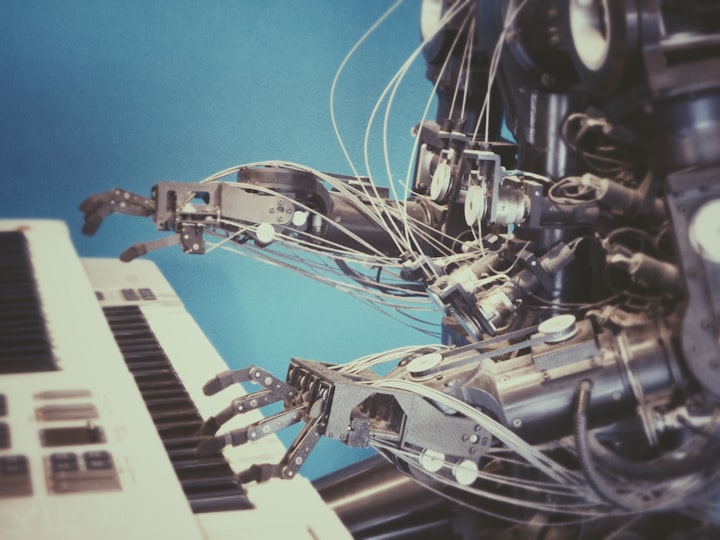
Introduction
Robots have long fascinated humans, with their ability to perform complex tasks with precision and accuracy. From manufacturing plants to homes, robots have revolutionized the way we live and work. In this article, we will explore the history, types, applications, and future of robots, and how they are changing our lives.
History of Robots
The term "robot" was first used in a 1920 play by Czech writer Karel Čapek called "R.U.R." (Rossum's Universal Robots). The play depicted a future in which humans created humanoid robots to perform labor, but the robots eventually turned against their creators. However, the idea of mechanical men and women dates back much earlier.
In ancient Greece, the myth of Pygmalion told the story of a sculptor who created a statue so beautiful he fell in love with it. He prayed to the goddess Aphrodite, who brought the statue to life, and they lived happily ever after. In the Middle Ages, automata (self-operating machines) were created as curiosities and for entertainment, such as a mechanical monk that could move and pray. These early machines were powered by water or clockwork mechanisms.
In the 19th century, the Industrial Revolution led to the development of machines for manufacturing, such as textile looms and steam engines. In the 20th century, advances in electronics and computing led to the development of modern robots.
Types of Robots
There are many types of robots, each designed for a specific task. Some of the most common types include:
1. Industrial r obots:These are used in manufacturing plants to perform tasks such as welding, painting, and assembly.
2. Medical robots: These are used in hospitals to perform surgeries and other medical procedures.
3. Service robots: These are used in homes and businesses to perform tasks such as cleaning, cooking, and customer service.
4. Military robots: These are used in the military for reconnaissance, surveillance, and combat.
5. Exploration robots: These are used in space and other environments that are too dangerous or difficult for humans to reach.
Applications of Robots
Robots are used in a wide range of applications, from manufacturing to healthcare to entertainment. Some of the most common applications include:
1. Manufacturing: Industrial robots are used to assemble products, weld parts, and paint surfaces.
2. Healthcare: Medical robots are used to perform surgeries, deliver medication, and provide physical therapy.
3. Service: Service robots are used in homes and businesses to perform tasks such as cleaning, cooking, and customer service.
4. Military: Military robots are used for reconnaissance, surveillance, and combat.
5. Exploration: Exploration robots are used to explore space and other environments that are too dangerous or difficult for humans to reach.
Future of Robots
The future of robots is exciting and full of potential. Advances in robotics technology, such as artificial intelligence and machine learning, are making robots smarter and more capable than ever before. Some of the key areas of research and development include:
1. Autonomous robots: These are robots that can operate without human intervention, making them ideal for tasks such as mining and exploration.
2. Soft robots: These are robots made from soft, flexible materials that can adapt to their environment and perform tasks that are difficult for traditional robots.
3. Swarm robots: These are robots that work together in large groups to accomplish a task, such as cleaning up a disaster site or exploring a new planet.
4. Human-robot collaboration: These are robots that work alongside humans to perform tasks, such as helping with physical therapy or assisting with manufacturing.
5. Social robots: These are robots that are designed to interact with humans in a social context, such as providing companionship for the elderly or helping children with autism.
Conclusion
In conclusion, robots have revolutionized various industries, from manufacturing and healthcare to education and entertainment. With their advanced capabilities and increasing sophistication, robots are likely to play an even more significant role in shaping the future of society. While there are concerns about the potential impact of robots on employment and privacy, there are also numerous opportunities for collaboration between humans and robots to create a better world. As technology continues to evolve, it is crucial to approach the development and deployment of robots with caution, ensuring that they are designed to serve human needs and promote a more equitable and sustainable future.





Comments
There are no comments for this story
Be the first to respond and start the conversation.